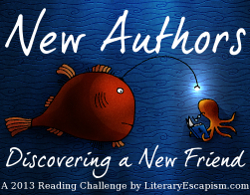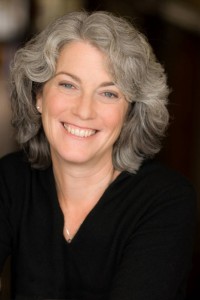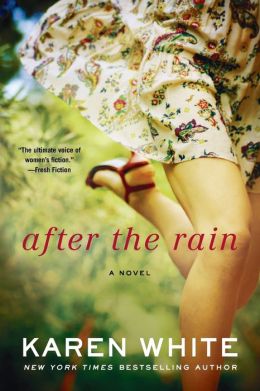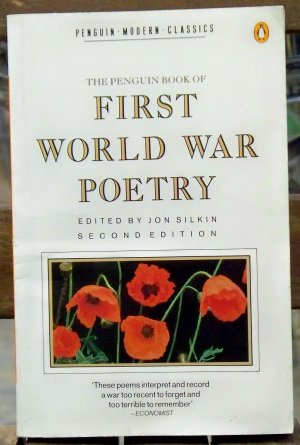Source: Riverhead Books, Penguin
Paperback, 374 pages
I am an Amazon Affiliate
The Neruda Case by Roberto Ampuero, translated by Carolina de Robertis (see my review of Perla), is set just before the dictatorship of Augusto Pinochet in Chile when Castro is in power in Cuba and Germany has been cut in half by the wall. Cuban exile Cayetano Brulé has left Miami with his wife, Maria Paz Angela Undurraga Cox, for her home in Chile, but he continues to feel out of place as no one trusts a Cuban and he cannot find work. Meanwhile, his wife is increasingly engaged in the reform movement in the country, while at the same time she is pulling away from her husband. Wandering in a strange country with bad coffee, Cayetano unwittingly bumps into Pablo Neruda at a party in a library and shortly receives an offer he cannot refuse.
“The door was made of knotted wood. It didn’t open. He stroked the old bronze knocker, put his hands in the pockets of his fleece jacket, and told himself that all he could do now was wait. He exhaled wafts of white breath into the overcast winter morning and thought, amused, that it looked as if he were smoking, even though, in this city, there were no more matches or cigarettes.” (page 12)
Brulé is a man that is transformed by his business relationship with Neruda, who hires him to uncover the truth about his past that haunts him, but this relationship evolves into admiration and a personal connection that transforms Brulé into a confident detective. Not only is the novel about finding solace, it also is about one man’s journey home. Neruda was a complex man and legendary, and the author clearly admired the poet and held him in high regard, but the novel also demonstrates that even the most legendary of us have flaws. It is those flaws that make us who we are, ensuring that those who love us are constantly challenged. By the time Brulé meets Neruda, he is already a legend and Nobel laureate, and Neruda knows it and revels in his success — so much so that it becomes a crutch for any mean moment or poor decision in his life: “I did it for my art.”
“‘Because if poetry transports us to the heavens, crime novels plunge you into life the way it really is; they dirty your hands and blacken your face the way coal stains engine stokers on trains in the south, where I was born.'” (page 24)
“‘The casualties of our good fortune are a terrible thing, Cayetano. But the road to personal happiness is paved with the pain of others.'” (page 130)
Ampuero’s novel is a detective novel wrapped up in literary and historical fiction that depicts a turbulent time in Chile’s history, but also a time of idealism on the part of Neruda and President Salvador Allende. The Neruda Case transports the reader back in time and paints a picture of idealism and its failures, but also its continued promise of hope. Ampuero’s portrayal of Neruda is as complex as the man himself, and his detective is a man that readers will become emotionally attached to and cheer on in his mission. One of the best, sweeping novels I’ve read this year.
**On a side note, I was pleased to find that Ampuero lived near Neruda’s home La Sebastiana as a boy and regrets that he never had the courage to knock on the poet’s door.**

Roberto Ampuero is an internationally bestselling, award-winning author. He has published twelve novels in Spanish, and his works have been translated around the world. The Neruda Case is his first novel published in English. Born in Chile, Ampuero is a professor of creative writing at the University of Iowa and currently serves as Chile’s ambassador to Mexico. He lives in Mexico City and Iowa City.


 About the Author:
About the Author:
 About the Author:
About the Author:
 About the Poet/Author:
About the Poet/Author:

 About the Poet:
About the Poet:
 About the Author:
About the Author:
 About the Author:
About the Author:
 About the Author:
About the Author:










